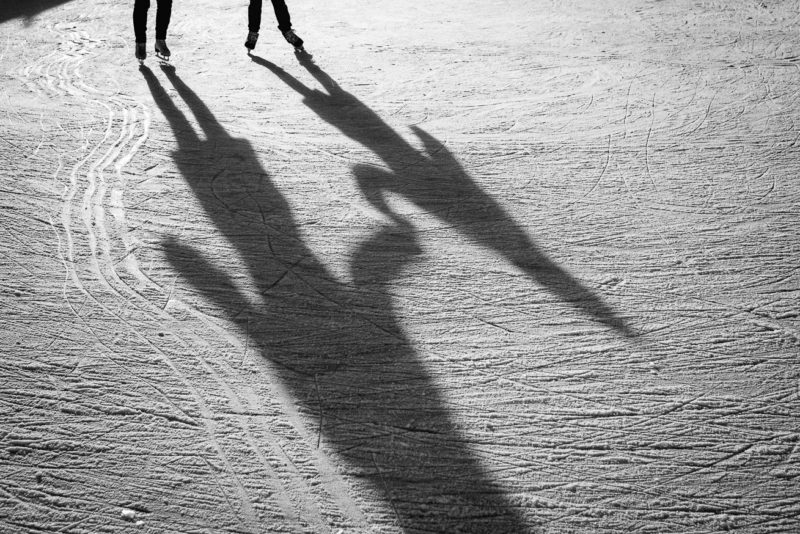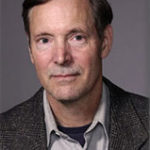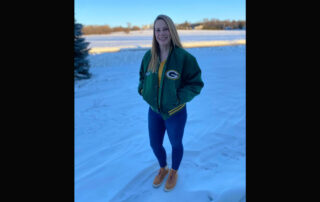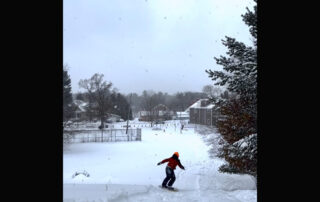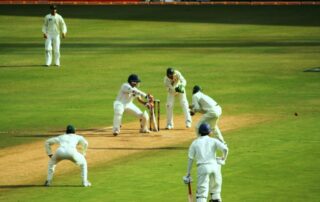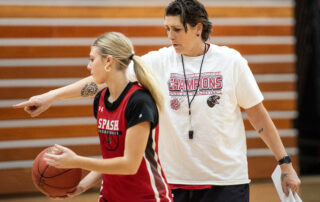Editor’s Note: Ice skating is one of the pleasures of winter. Many neighborhoods have their own rinks. Writer John Hildebrand tells us about learning to skate backwards.
Last year the city announced it was mothballing most of the neighborhood ice skating rinks. A city crew would no longer flood the rinks on successive freezing nights or pay listless teenagers to sit in over-heated warming huts. Budget cuts was the reason given though there were also a string of freakishly warm winters. As a consolation prize, a few large ice rinks remain open, but I miss the one in our neighborhood, the one we could walk to, the one where my children learned to skate. It’s one more instance of the landscape of childhood giving way to that notoriously poor substitute: memory.
But whose memory? One of the weird pleasures of parenthood is making children re-enact some tableau from your own childhood. And nothing is rigged with deja-vu like a skating rink at night. It’s one big memory sink: the dome of darkness overhead, the scuffle of skates, the way everything shimmers in the cold night air.
I have a persistent memory of skating backwards with a girl under the lights. It’s a school night and I’ve been dropped at the city rink. Snow is falling heavily out of a blackness that begins just beyond the arc lights. And there’s music! The entire rink revolves slowly on its axis as a loudspeaker blares “The Skater’s Waltz”! Among those orbiting past is a girl from my class, someone I’ve never spoken to but whose mere presence elicits a strange new excitement. She’s wearing a nubby blue sweater and short woolen skirt that’s left her bare legs red in the cold. I push off, weaving between skaters, until she’s just ahead, trailing a fragrance equal parts wool, freshly washed hair, and chewing gum. A few powerful strokes and I glide past her, then—amazing!– pivot so we’re face to face, skating in perfect rhythm as she smiles and offers up her arms.
Except it never happened. I didn’t learn to skate backwards until I was in my thirties, so the whole episode is a false memory, a scene concocted out adolescent longing or something I must have read. What I finally learned that wriggling my skates toe-in and toe-out could move me in reverse across the ice, the knowledge came too late—too late to play hockey or meet girls but in plenty of time for me to teach my own kids to skate.
Now that the kids are grown, my wife and I will sometimes drive to one of the remaining rinks on a winter night and circle the ice in an approximation of a waltz. It looks romantic only because you can’t see the stagecraft—the hand-squeezing that signals a turn or the way we keep time by humming the brutal cadence of “The Skater’s Waltz” — Dah-dah Dah-DUM! Dah-dah Dah-DUM!—while alternately pushing and pulling each other around the rink. It’s not dancing so much as balancing, a kind of novelty act, marriage on ice. Still, when we lock arms and go into a spin, faster and faster, and everything blurs together except her astonished blue eyes, and I think: This must be love.
